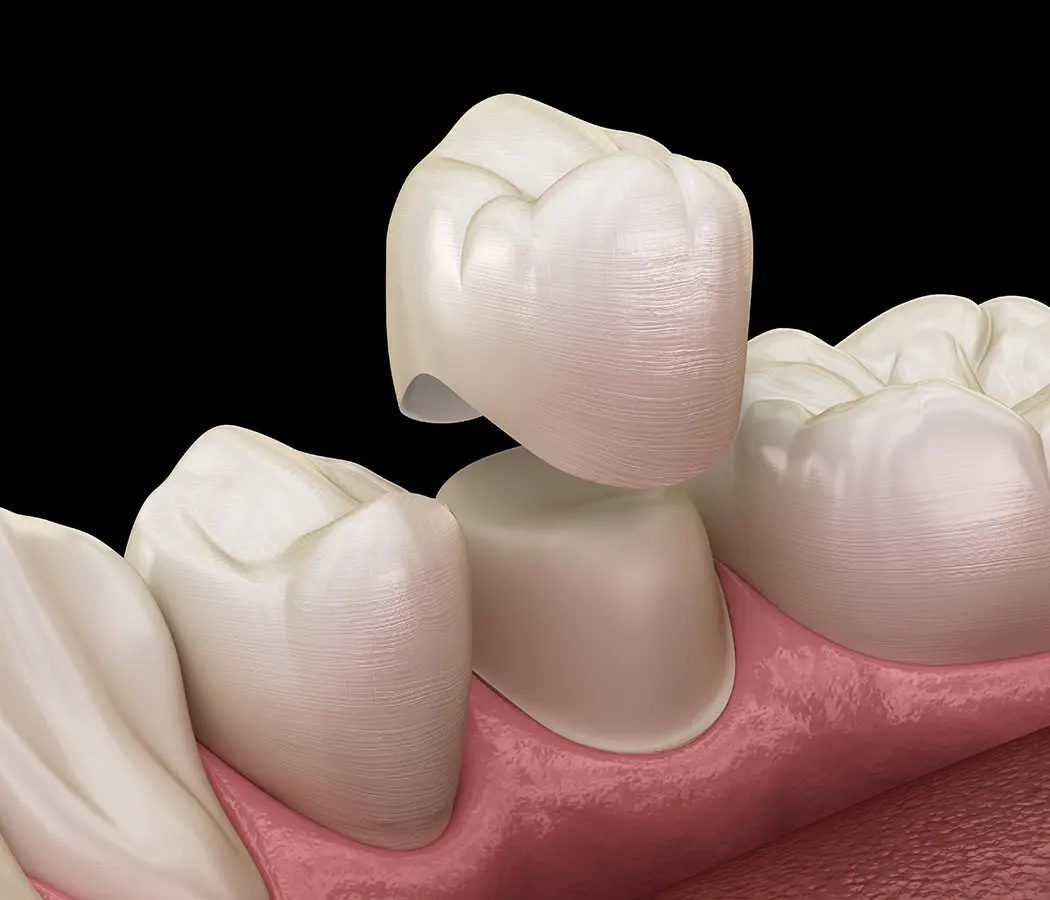Replacing your teeth in the City of London
The skilled team at Mansion House Dental Practice can replace your missing teeth and have you smiling again with professional dental treatments including implants, dental crowns and bridges, and dentures.
There are lots of reasons why we lose our teeth, but doing so can cause problems with biting, chewing and speaking and can knock your self-confidence. At our City of London clinic we can fix or replace your missing teeth and help restore confidence in your smile with a range of treatment options.

Replacing your teeth
at mansion house
- Free initial consultation
- 0% finance payment options
- Specialist care
- Convenient location

Dental bridges
A dental bridge offers a fixed solution to replacing missing teeth, using a healthy tooth to anchor a false tooth in your mouth. Two or more crowns are fitted to the teeth either side of a gap, to support a false tooth suspended over the gum, which will ‘bridge’ the gap, hence the name.

Dental crowns
Dental crowns, sometimes known as caps, can be used to rebuild teeth which have been broken, or have been weakened by decay, very large filling or root canal treatment. The crown fits over the remaining part of the tooth, making it strong and giving it a natural appearance.

Dental implants
Using the latest and expert clinical skills Mansion House dentists provide a fixed replacement for missing teeth with high quality dental implants. Dental implants are a treatment solution for missing teeth where titanium screws are fixed into the jaw, with a dental crown fixed on top to create a natural looking tooth replacement.

Dentures
If you’re missing multiple teeth, a set of dentures can be made to replace them as a natural looking solution. Removable and long-lasting, dentures are a cost-effective alternative to dental implants and a minimally invasive treatment option for restoring your smile.

Tooth extraction
A last resort at Mansion House Dental Practice, if your tooth is beyond repair and needs to be removed, your dentist will explain the procedure to you and ensure you are comfortable throughout, with sedation options available.

Book an appointment with us



